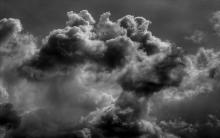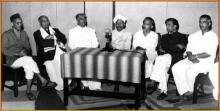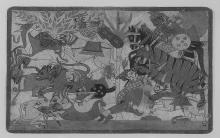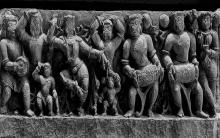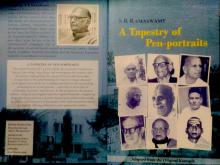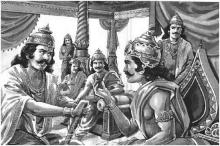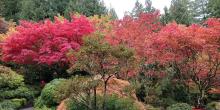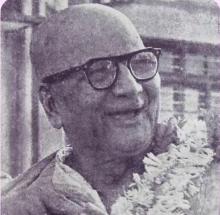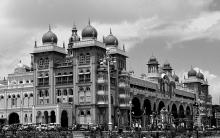Back in the royal palace of Magadha, Vāsavadattā tried to contain her sorrow. She sought solace in gazing upon the paintings depicting Sītā’s woes in the period where she was separated from Rāma. Looking at her beauty and conduct, Padmāvatī was convinced that Avantikā was a high-born lady and treated her accordingly. The princess felt Avantikā’s looks betrayed her noble origins and she had disguised herself, just as Draupadī had in Virāṭa’s palace!
Author:hari
V Si.’s World of Riches
H V R Iyengar, the Governor of the Reserve Bank of India had immense respect for V Si. ‘Fate has not dealt too kindly with V Sitaramaiah’ – was the sum and substance of the worldly life of V Si.
It is indicated above that the buddhi is a power that works with the manas. The buddhi is under the influence of the manas. Therefore, to purify the buddhi, it is imperative to purify the manas. Buddhi is an implement that enables reflection. Manas experiences the product of the buddhi. In Vedānta, jñāna (wisdom) is the same as anubhava (experience). Knowledge of Brahman is the experience of Brahman. Mind is the arena of experience.
ಹಣಹಿಡುಕರ ವಿಡಂಬನೆ
‘ಹಣವಿಲ್ಲದೆ ಹೆಣ ಸುಡುವುದೂ ಕಷ್ಟ’ ಎಂದು ನಮಗೆ ಹರಿಶ್ಚಂದ್ರನ ಕಾಲದಿಂದ ತಿಳಿದಿದೆ. ಈಗಂತೂ ನಮ್ಮ ಸಮಾಜ ನಿಂತಿರುವುದೇ ಹಣದ ಮೇಲೆ. ಹೀಗಿರಲು ಜೀವನದ ಎಲ್ಲ ಆಯಾಮಗಳಲ್ಲಿಯೂ ಹಣದ ಪ್ರಭಾವ ಕಂಡುಬರುವುದು ಅಚ್ಚರಿಯಲ್ಲ. ಮುಂದಿನ ಪದ್ಯದಲ್ಲಿ ಇಂಥ ಒಂದು ಸಂಗತಿಯತ್ತ ಕವಿ ನಮ್ಮ ಗಮನವನ್ನು ಸೆಳೆಯುತ್ತಾರೆ:
ಅಕ್ಷ್ಣೈಕೇನ ವಿಲೋಕನೇ ದಶ ತಥಾ ದ್ವಾಭ್ಯಾಂ ಕೃತೇ ವಿಂಶತಿಃ
ಷಷ್ಟಿರ್ಗಂಧವಿಮರ್ದನೇ ಸ್ರಜ ಉರಸ್ಯಾಧಾಪನೇ ದ್ವೇ ಶತೇ |
ಶುಲ್ಕಂ ರೂಪ್ಯಸಹಸ್ರಮರ್ಧಘಟಿಕಾಭೋಗಾರ್ಥಮಿತ್ಯಾದಿಭಿ-
ರ್ಧೂರ್ತೈಃ ಸಂಪ್ರತಿ ಕುಟ್ಟನೀವ್ಯವಸಿತೈರ್ದೇವೋऽಪಿ ವೇಶ್ಯೀಕೃತಃ ||
A Touchstone
Though we have a great deal of material connected with dharma, it is not easy to decide what constitutes dharma and what would be adharma when faced with challenging situations. Draupadī, while being humiliated in the court of the Kauravas hurls a scathing remark at Bhīṣma and questions him about the nature of dharma. Bhīṣma replies that it is beyond his capacity to assess what is dhārmic under the current circumstances.[1]
Once the king refused, the commander married her. Once when the king was roaming, he saw her standing in the balcony of the commander’s house. As soon as he saw her it was as though he was put under a mesmerising spell. He came back to the palace and laid down with great mental agony.

